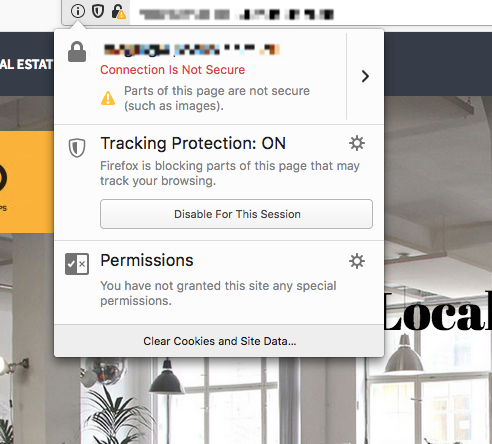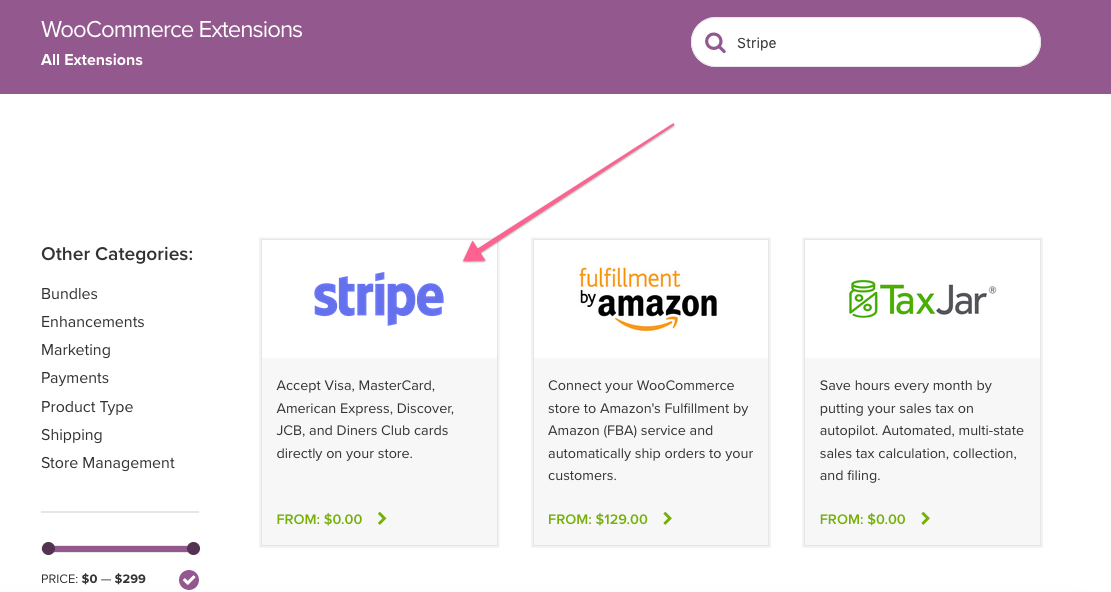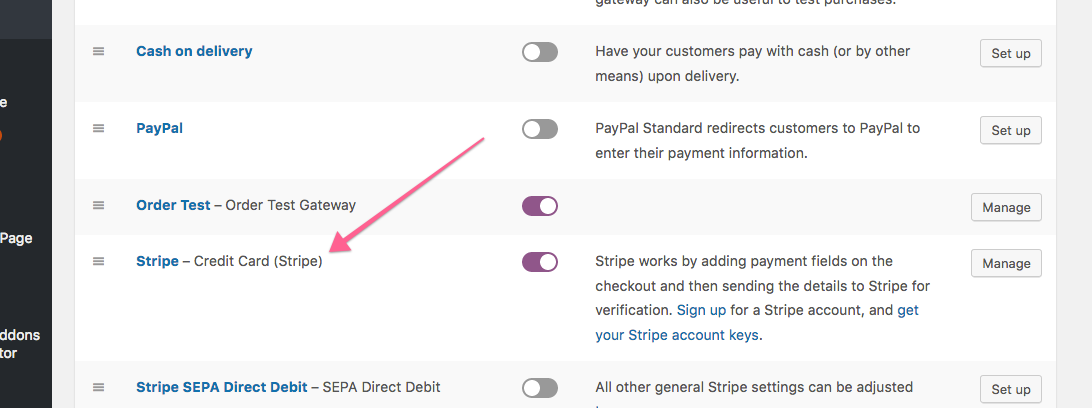Getting Paid Online Using Stripe, WooCommerce and a Good Theme (and those pesky SSL certificates)
I’m very excited to be writing this blog post because it deals with one of the most important – top line activities for any business operating online – getting paid. If you’re not getting paid, and staying in the black – or at least looking to do so – you may as well pack up and go home.
In this blog I’ll be covering the technical issues in relation to getting paid – if you are opening an online store or selling a single product and looking to integrate a payment gateway read on – this will be a technical breakdown of how I setup payment gateways for my clients to get paid – and what you need to be aware of.
So without further ado, let’s get started:
1) Understanding the Simple Complexities of SSL Certificates
In order to get paid online you’ll need an SSL certificate. This is just some piece of software that gets put on your site that encrypts the data between you and the payment gateway software that you’ll be using.
Rest assured that while this may seem technical (where do I get an SSL certificate, which SSL certificate is the best to get) – the easy answer is this – you can get a basic SSL certificate for free – easy peezy.
For example – I have a number of staging sites – and I can just get in contact with my hosting company through their online chat and have them put an SSL certificate on a client’s site. It takes 1 minute – alternatively there is an option in cPanel called something like ‘Let’s encrypt’ where you can do this on your own without speaking to you rhost. And the SSL certificate is free.
Don’t let anyone convince you that you need to pay for an SSL certificate – there’s absolutely no need – and SSL companies have been pushing this for a long time – the idea that “customers won’t trust you” if you have a free SSL certificate.
However let me show you something.
Below is me checking the SSL certificate of Amazon.com (a pretty reputable company):

And here is me checking the security certificate of a client’s site using a free SSL certificate provided by my hosting company:

Notice that they look exactly the same to the client. So don’t stress about SSL certificates or which one to get! Just get a free one provided by your hosting provider. Believe me if you’re going to fail to make sales it’s not going to be because of your SSL certificate. I’ve never heard someone say “You know we launched our product but… if only we had a reputable SSL certificate.” Lol – no that’s never happened.
2) Make sure you are not linking to any external images or content
This is just a basic web development tenent you should be following anyway – but if you are linking to any external images on your website then the SSL certificate won’t break – or won’t authenticate your site – and your payment gateway will not work.
This is a pretty easy fix – in fact I had this issue with a site I was working on and my hosting company fixed this issue for me in 2 minutes. If you install your SSL certificate and see this:

It means your connection is not secure due to external images. If you do have this issue simply go to this URL:
Why No PadlockAnd enter in your URL – and you will get a report specifying exactly what code is breaking the SSL certificate:

And that’s it! That’s the biggest issue that can come up when you install your SSL certificate.
2) Setting up an online store using WooCommerce
No matter if you are selling 1 item on your website – or 100 items – it’s still considered an e-commerce store. Luckily these days setting up an online store is easy with WordPress and there are many frameworks that have all the checkout functionalities you’ll need to make it all work.
Just ask yourself what you want to sell and try to find a framework that closely does what you need.
The best advice I can give is to take a framework that has done 90% of what you need – and modify the last 10% to your needs. Do NOT create a checkout/e-commerce/online store system from scratch.
Believe me when i say you’re not the first person to do the type of shop you’re doing online – and there are lots of frameworks that all ready do what you need.
Here is a sample framework for a construction company that may sell certain products/services online:
Construction Theme ExampleThis all ready comes WooCommerce ready and everything is ready to go at the click of a button – just install it on your hosting provider and you’re ready to go.
3) Setting up a payment gateway
There are many payment gateways to choose from – PayPal, Stripe and Square are the most popular ones at the moment – but there are many others to choose from. As long as the payment gateway you choose is integrated with WooCommerce that’s the most important thing.
If you’re not sure if it does go to
WooCommerce Extension LibraryAnd type in your payment gateway – e.g. Stripe

Also note that the extension is free – and many times the developer of the integration software will actually help you. For example Automaticc – the guy who built the Stripe WooCommerce integration have been helpful in replying to issues that I was having.
If they are unresponsive many times you’ll have to buy their software or something in order to get that email support.
Once you install the plugin it’ll be available in the WooCommerce in the WooCommerce -> Settings -> Payments tab

When you sign up with your payment gateway they’ll ask you for a bunch of details (your bank account details) – to get everything working. There’s three things you’ll need to be aware of in all these integrations:
Test Keys / Live Keys
Your payment gateway will have some Test/Live keys – they are like API keys – that you will need to insert into your settings page for that payment plugin. For example once you sign up with Stripe you can find them at this URL:
Click here to get your Stripe API keySimply copy them from here and paste them into your site URL below (just replace yourdomain.com with your domain):
Couldn’t be easier than that – you can start planning your site with a test key and enter fake credit card details until everything works and then switch to live to make some test purchases with a real credit card to make sure payments are being received correctly if that’s important for you.
That’s it – once this is done you’ll be ready to start receiving money online.
Hopefully this has taken out some of the complexities of receiving payments online and cleared some things up for you.
Good luck and remember – there are so many complexities to anything you want to do (especially when it comes to the online space) – but the most important thing is taking action.

Leave a Reply
Want to join the discussion?Feel free to contribute!